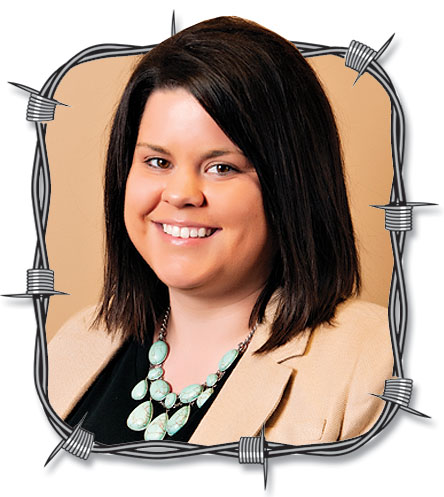Should your business lease or buy equipment?
The answer depends on your specific situation and need. Most business owners tend to want to own the asset or equipment, but there are instances where it may make sense to lease or “rent” instead of own.
First, it is important to understand what a lease is and the types of leases available. Put in very general terms, a lease can be considered a rental agreement. This is particularly true for an operating lease. Under this type of lease, for accounting purposes, the payments are considered an operational expense and, in most cases, fully deductible.
A capital lease is treated more like a loan. The business can deduct the interest expense and benefit from depreciation, including Section 179 and bonus depreciation (be sure to review the 2018 tax code updates with your accountant). The business also has the option of retaining ownership of the asset at the end of the term, just like with a loan.
Leasing can be advantageous for shorter-term projects that require custom use and/or very specific and specialized equipment needs.
Leasing also can be beneficial in the long term if there is constant asset turnover or frequent upgrades required. As technology continues to rapidly advance, leasing provides the ability to stay up-to-date and ahead of the curve.
Often, within 12 to 36 months, these ever-changing components and systems become antiquated and obsolete. In this scenario, an operating lease may be the most cost-effective option to provide the needed competitive advantage.
On the flip side, if the investment is long-term and will be a key component of everyday operations, ownership in the form of a capital lease or loan may make the best business and financial sense. In this situation, long-term ownership also provides the ability to sell or trade at a future date.
Leases typically require less cash outlay in the beginning, with little to no down payment. One hundred percent financing is common practice, along with a flexible payment structure to pair with the cash flow cycle. This flexibly allows for the use of the asset with minimal initial cash outlay, and payments can be covered by future earnings.
Another factor that should be considered is the total cost of the equipment or the project. Many specialized items will require costs above and beyond that of the asset or project, commonly referred to as “soft costs.”
These costs can include sales tax, shipping, installation, training, set-up, software, etc. Most leases allow for these costs to be included, up to a certain percentage of the overall project cost. In this situation, a lease may be the preferred structure to avoid these upfront costs and help preserve cash.
The balance sheet is also a financial focus for most businesses. Operating leases are typically “off balance sheet” and not reflected as a liability, but rather an operating expense.
As with most business decisions, many factors are involved in the decision-making process. The business goals and both short- and long-term objectives should be considered.
Don’t discount equipment leasing without fully understanding the potential benefits to your business.




